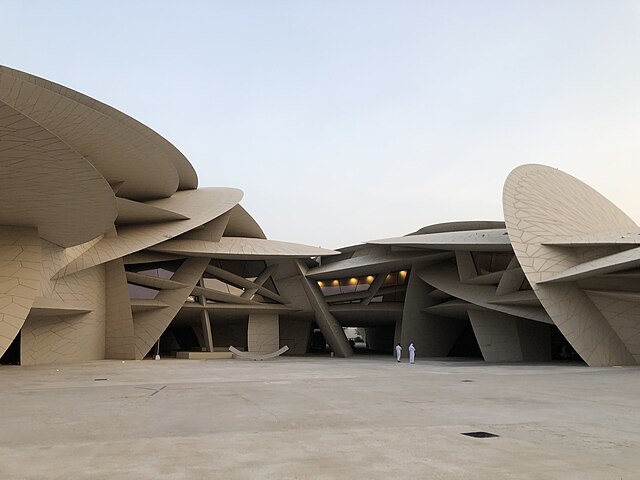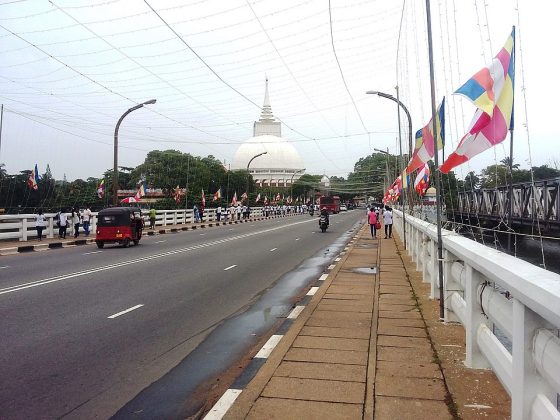The National Museum of Qatar, designed by French architect Jean Nouvel, stands as an architectural masterpiece, deeply rooted in Qatar’s natural landscape. Its design draws inspiration from the country’s geography and culture, creating a seamless blend of heritage and modernity.
The Desert Rose Phenomenon
The museum’s iconic shape resembles the desert rose, a natural crystal formation found in Qatar’s arid landscapes. This unique, organic form mirrors the interconnected, petal-like structures seen in the museum’s façade, symbolising the beauty of Qatar’s desert environment.

Blending Tradition with Innovation
While inspired by the desert, the museum also reflects Qatar’s rich history and tradition. Its layered structure, with interlocking disks, signifies the historical journey of Qatar, portraying a narrative of growth from its ancient roots to its modern, thriving state.
A Reflection of Qatar’s Coastline
The design also honours Qatar’s coastal heritage, with fluid forms and open spaces mimicking the ebb and flow of the Arabian Gulf. Just as the coastline defines the country’s geography, the museum pays tribute to this vital aspect of life in Qatar.
Doha’s Expanding Cultural Landscape
Positioned near Banana Island Resort Doha by Anantara and other notable Doha resorts, the museum strengthens the city’s reputation as a cultural hub, blending natural inspiration with artistic ingenuity.
The Use of Local Materials
In keeping with its homage to Qatar’s landscape, the National Museum uses local limestone and other regional materials, further reinforcing its connection to the land.











